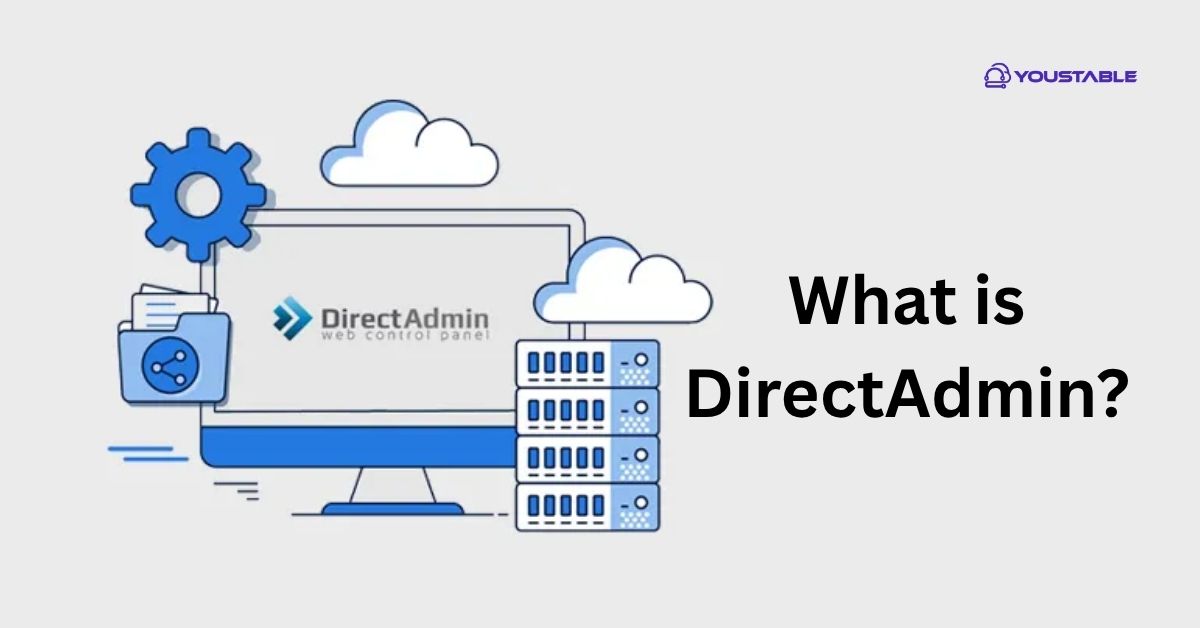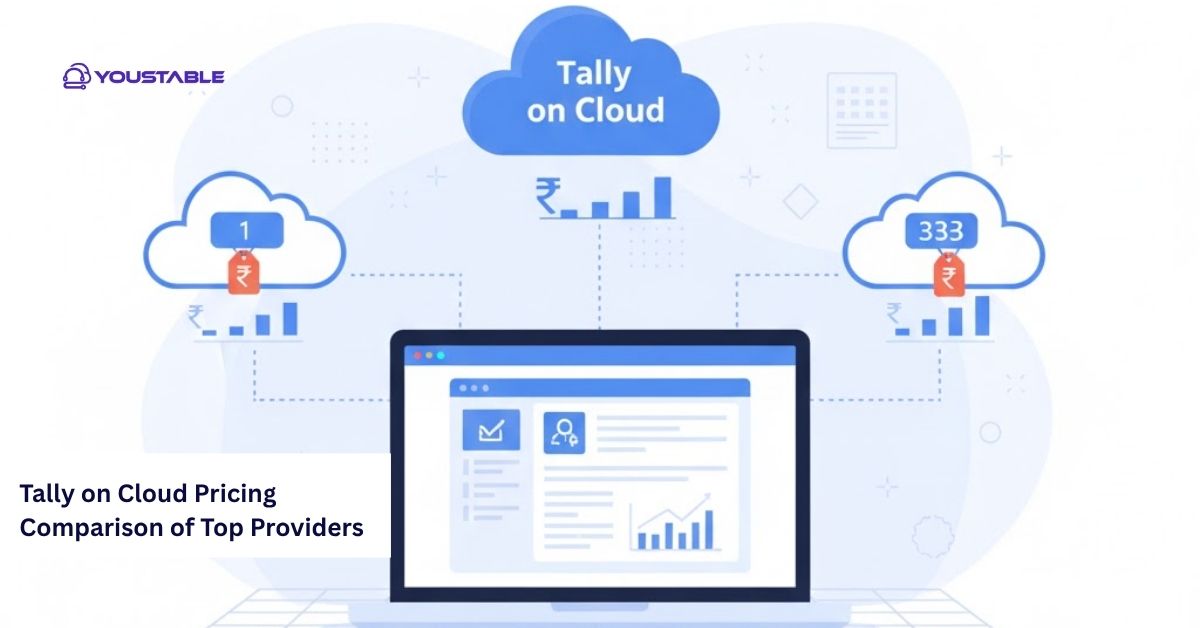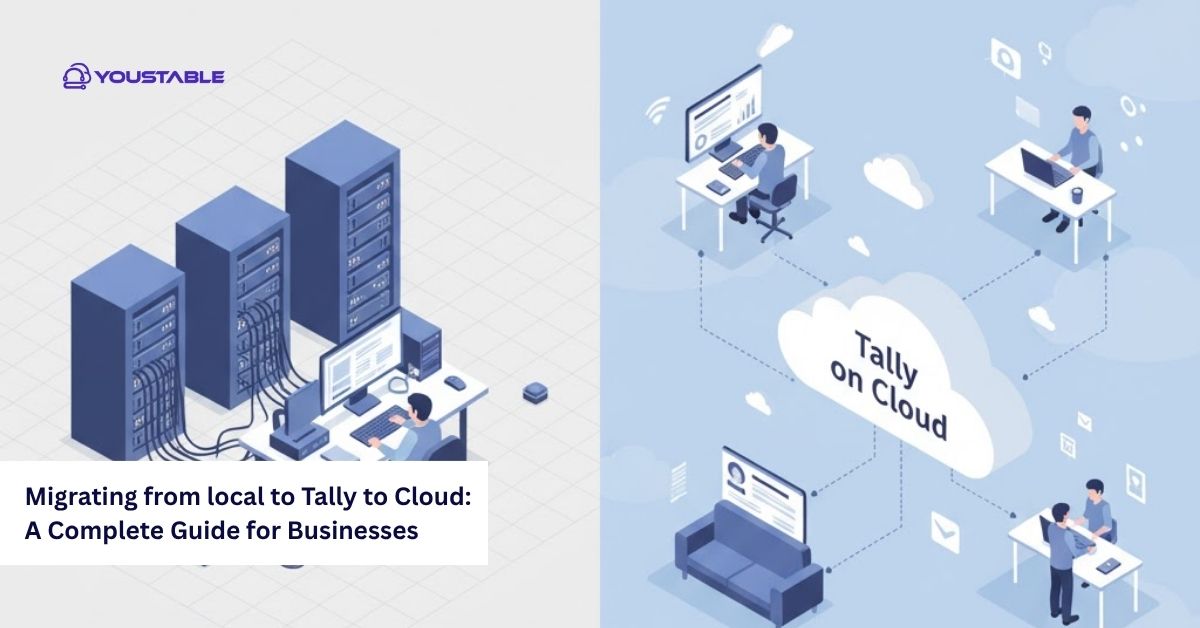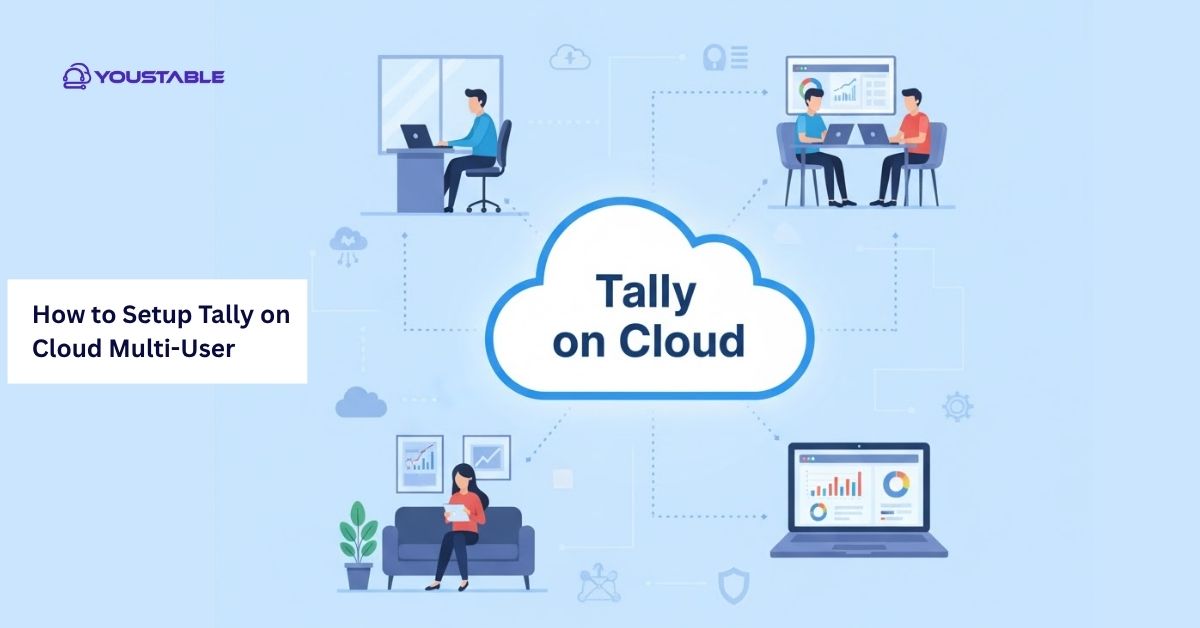To understand DirectAdmin on a Linux server is to discover a fast, reliable, and intuitive web hosting control panel that balances simplicity with advanced features. Whether you manage a single website or operate as a hosting provider, DirectAdmin offers a fresh alternative to other panels by focusing on performance, minimal resource usage, and user-friendly management for administrators, resellers, and end users alike.
What is DirectAdmin?

DirectAdmin is a graphical, web-based control panel developed for managing Linux web hosting environments. Since 2003, it has been celebrated for its simplicity, security, and speed. Designed to reduce the technical burden on users, DirectAdmin lets you take control of domains, websites, email, databases, DNS, backups, and more—all from a clean, responsive dashboard. Its lightweight footprint makes it ideal for both robust enterprise servers and smaller VPS setups.
Key Features of DirectAdmin
DirectAdmin uses a multi-level access system that separates control between admins, resellers, and users, making it easier to manage hosting services, user accounts, and websites based on roles.
Multi-Level Access
DirectAdmin uses a clear hierarchy:
- Admin: Complete control over server settings, user accounts, backups, system services, and software updates.
- Reseller: Tools to create/manage end user accounts, allocate resources, and brand hosting services.
- User: Website owners access everything needed for site management—domains, email, databases, and files.
This role-based access ensures that each type of user only sees the features they need, improving usability and security.
Intuitive User Interface
The DirectAdmin dashboard is renowned for its straightforward layout and easy navigation. Customizable skins allow users and businesses to brand or personalize the interface. Even non-technical users can perform complex tasks like setting up mail accounts, configuring SSL, or restoring backups with just a few clicks.
Full Hosting Management
With DirectAdmin, all the essentials are covered:
- Domain & DNS Management: Add, edit, or park domains and tweak DNS records effortlessly.
- File Manager: Upload, download, edit, or delete files directly within the browser, reducing the need for third-party FTP clients.
- Email Controls: Create mailboxes, set up forwarding/autoresponders, manage spam filters, and handle mailing lists—all in one place.
- Database Tools: Create and manage MySQL databases, access phpMyAdmin for advanced queries, and control user privileges.
- Service Management: View, start, stop, or restart services like web, mail, or FTP servers, and view real-time system statistics.
- Automation: Use cron jobs to schedule regular tasks such as backups.
- Backup & Restore: Schedule or manually create full or partial backups and restore them easily, protecting against data loss or system errors.
Robust Security
DirectAdmin is engineered for security:
- Automatic Updates: Frequent software and security releases help keep your server resilient to new threats.
- Integrated Firewall: Built-in firewall tools and mod_security integration help repel common attacks.
- Spam Protection: Bundled anti-spam tools like SpamAssassin and Rspamd help block unwanted email.
- Two-Factor Authentication: Adds an extra layer of login protection.
- Stability: DirectAdmin is built to auto-recover from crashes, ensuring services remain online.
Performance and Efficiency
DirectAdmin is lightweight by design, meaning:
- Lower memory and CPU usage—ideal for VPS and high-traffic servers.
- High-speed operations—tasks complete quickly, and page loads are fast even with many users.
Customization & Integration
- Themes and Skins: Multiple built-in or custom themes let you tailor the look for your brand or preference.
- Plugin Support: Extend DirectAdmin’s functionality through a wide library of plugins.
- Multi-Language: Built-in language support makes it accessible for global teams.
- Web Server Choices: Support for Nginx, Apache, or combined/hybrid stacks.
Check Out | Configure DirectAdmin in Linux – Unlock Full Control
How to Use DirectAdmin
- Access the Panel: Visit
https://<your-server-ip>:2222/and log in with the credentials provided by your hosting provider or server administrator. - Navigate the Dashboard: According to your access level, you’ll see modules for domain management, files, email, databases, and stats.
- Typical Operations:
- Add new domains or subdomains in the “Domain Setup” area.
- Manage email accounts and mailing lists from the “Email” section.
- Edit or move website files using the File Manager.
- Monitor server usage and traffic from the statistics panel.
DirectAdmin vs. Other Control Panels
DirectAdmin stands out from other control panels by offering a lightweight, efficient alternative with essential features, faster performance, and easier customization—ideal for those who prefer simplicity over complexity. While solutions like cPanel are feature-rich, DirectAdmin is widely recognized for:
- Minimal system requirements and fast installation
- Lower ongoing resource consumption
- A focus on essential hosting features without unnecessary complexity
- Easy customization and white-labeling for resellers or brands
Frequently Asked Questions
Is DirectAdmin suitable for beginners, or does it require Linux expertise?
DirectAdmin is built for users of all skill levels, providing one of the most intuitive interfaces among Linux hosting control panels. Beginners appreciate its easy-to-navigate dashboard and step-by-step tools for common tasks, while advanced users and administrators benefit from its depth of control, automation, and efficient system management.
How does DirectAdmin address security and ongoing maintenance?
DirectAdmin includes strong security by default: mod_security and firewall integration, two-factor authentication, regular automatic updates, and anti-spam measures. Its active development and robust support mean critical security patches and new features are released often. Administrators can also manage user permissions, isolate accounts, and monitor service health to enhance server protection.
Can I migrate from another hosting panel (like cPanel) to DirectAdmin?
Migration from cPanel and other popular panels is supported, with tools to import accounts, websites, emails, and databases. DirectAdmin documentation and support can guide you through the process, ensuring a smooth transition and minimal downtime for your sites and services.
Conclusion
To understand DirectAdmin on Linux servers is to harness a blend of speed, reliability, and simplicity for every aspect of web hosting management. Its lightweight resource use, comprehensive tools, and modern interface make it a top choice for administrators, resellers, and website owners seeking effective and user-friendly server control. For further details on features and best practices, consult the official DirectAdmin documentation.



